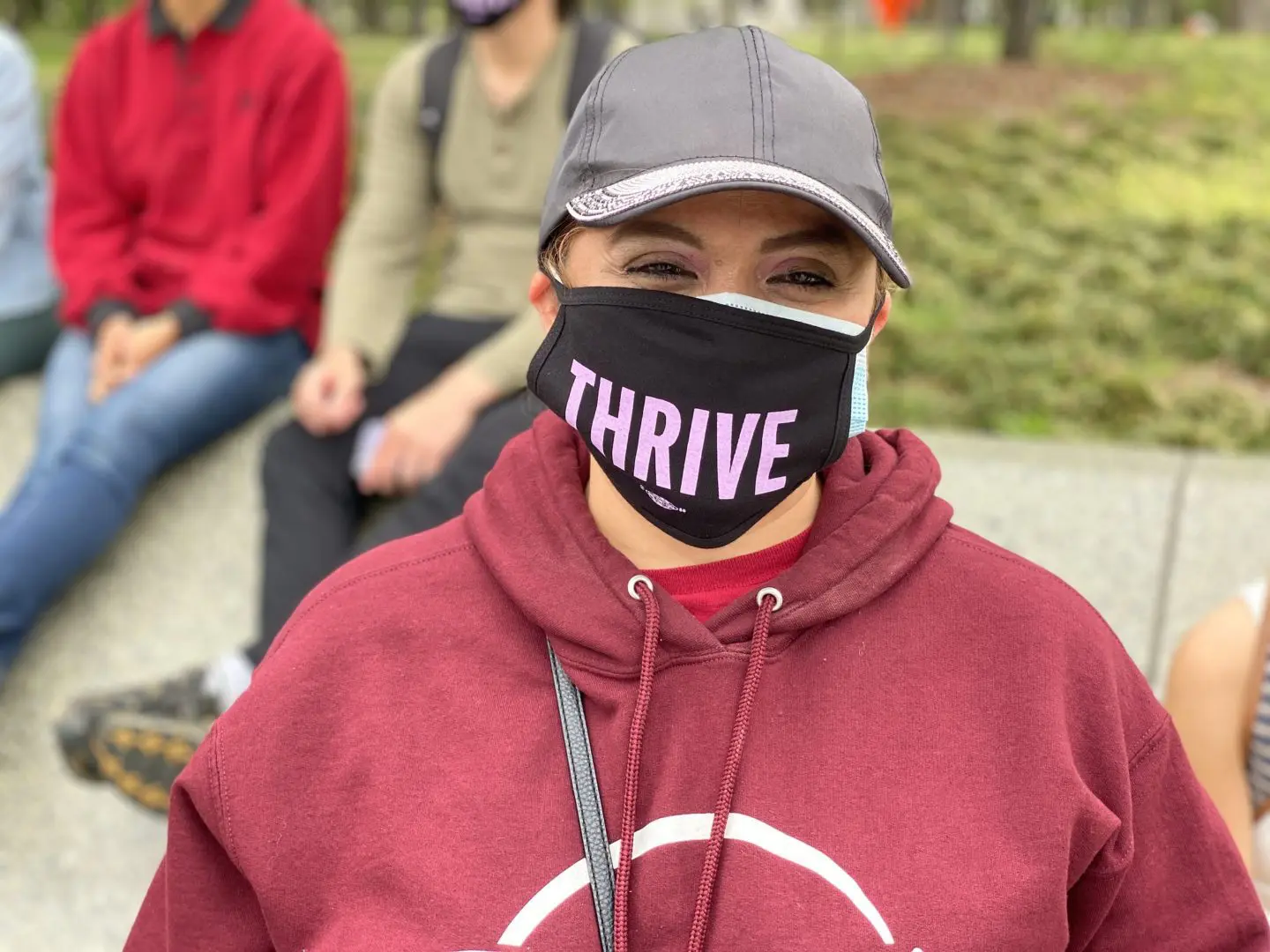THRIVE Act
The THRIVE Act will put over 15 million people to work in family-sustaining, union jobs across the economy — from care work to manufacturing — to cut climate pollution in half by 2030 and advance gender, environmental, Indigenous, economic, and racial justice.
What’s in the THRIVE Act?
The bill creates a THRIVE Board of representatives from impacted communities, unions, and Indigenous Nations to guide the $1 trillion per year in new investments
The bill requires the U.S. federal government to respect the sovereignty of Indigenous Nations in making these investments, which means honoring the U.S. government’s trust responsibilities and requiring the free, prior, and informed consent of Tribes for all investments affecting them.
The bill requires that at least half of the new investments directly benefit frontline communities that have borne the brunt of systemic racism, environmental injustice, and economic exclusion, including Black, Indigenous, Latinx, Arab, Asian, and Pacific Islander communities.
The bill includes investments to upgrade our infrastructure for clean water, affordable public transit, and a reliable electric grid (creating 5 million jobs); to expand access to wind and solar power, electric vehicles, and healthy buildings (creating 4 million jobs); to protect our rural and urban spaces, wetlands, prairies, forests and support family farmers who are embracing regenerative agriculture (creating 4 million jobs); and to invest in public institutions and care for children and the elderly — essential work that is underpaid and largely performed by women of color (creating 2 million jobs).
To build a more just economy, the bill includes provisions such as:
- Strong wage and benefit guarantees and access to unions, domestic content standards and provisions to advance labor standards including those in the PRO Act and the Public Service Freedom to Negotiate Act.
- Community benefit agreements and equitable hiring and contracting that favors women and Black, Indigenous, and people of color.
- Environmental justice and climate standards to ensure that investments repair, rather than add to, historic harms, and contribute to meeting ambitious climate targets to keep us below 1.5 degrees of global warming.

